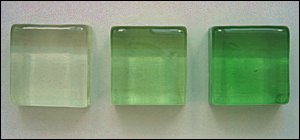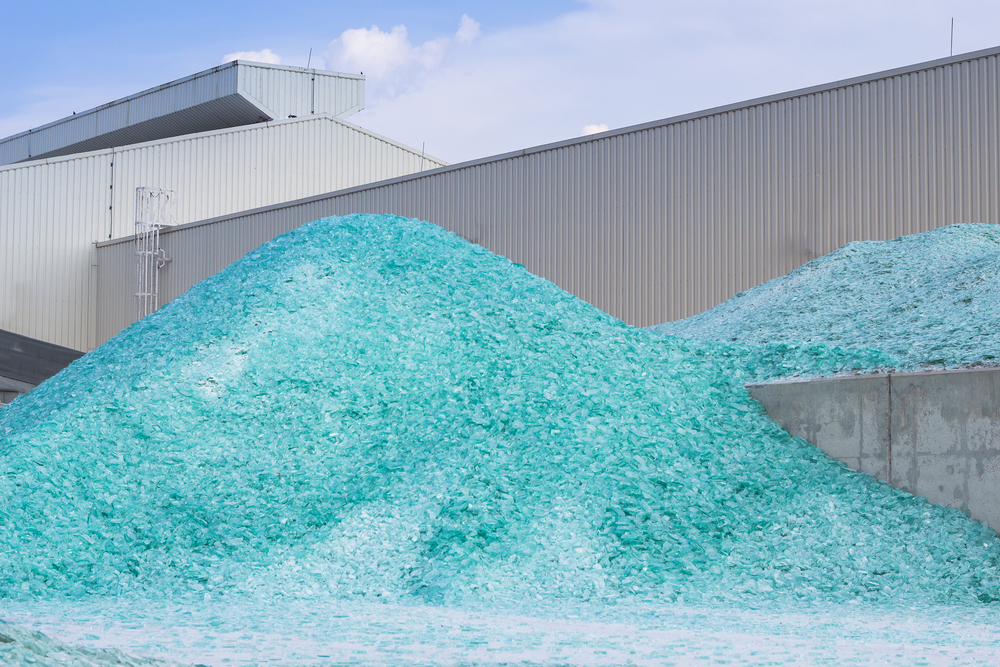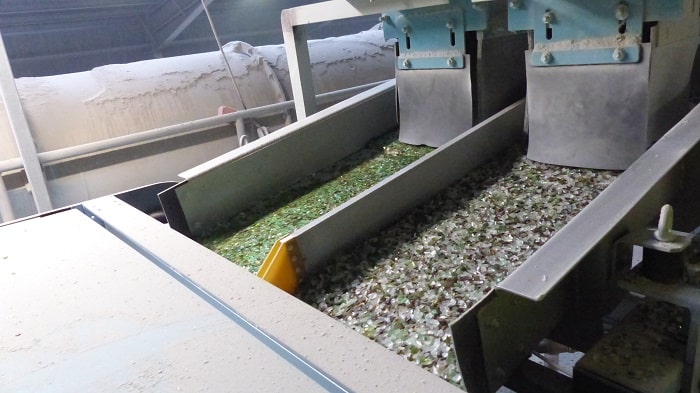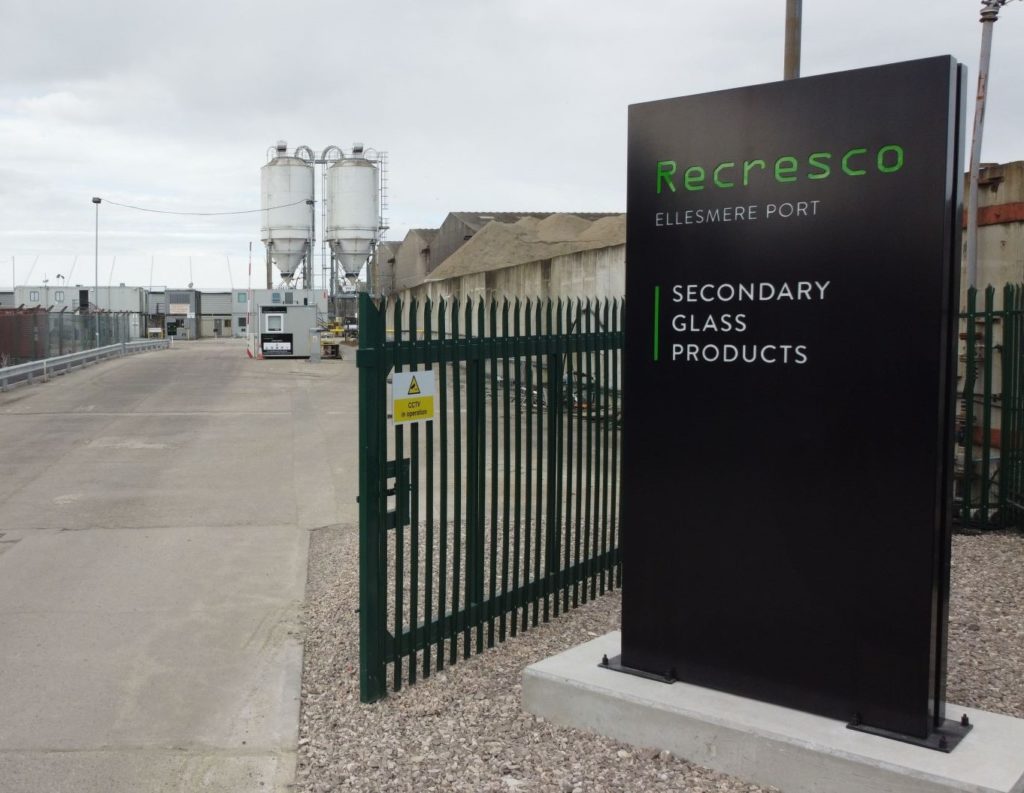The 48,000 study, carried out by Glass Technology Services – the technical arm of British Glass – and the University of Sheffield, looked into how the colour in glass can be “neutralised” in furnaces to produce clear glass.
The problem with recycling glass in the UK is that there is little in the way of a domestic wine industry, so while almost half the waste glass collected in this country is green, demand from UK container manufacturers is mostly for clear glass.
 The WRAP-funded study suggests more green glass could be effectively diluted by clear glass |
With the glass recycling target set at 60% by 2008 under the Packaging Directive, it is thought there could be a 400,000 tonne surplus of green glass by that time. This surplus could be avoided if the glass colour could be neutralised in the furnace in a cost effective way, the research suggests.
Andy Dawe, material manager for glass at the Waste and Resources Action Programme, said: “The container glass industry is already delivering 80% of glass recycling in the UK, but increasing the level of closed loop recycling even further is essential if we are to meet our 2008 targets.”
Glass packaging recycling needs to increase radically over the next four years to meet the 2008 target, which would require about 1.38 million tonnes of glass to be recycled each year. In 2003, the amount of glass packaging recycled or exported for recycling was only 847,804 tonnes, about 36.9% of the glass packaging waste stream.
Decolouriser
The WRAP report said that in the short term, more green glass could be used by diluting it with large quantities of clear or amber glass.
The chromium oxide and iron oxide that provides the green colour can also be reduced to some degree by adding a decolouriser. But the decolourising process can be difficult, and above a certain quantity it can produce a slightly greyish effect in the clear glass produced.
At the moment, the study says green recycled glass makes up about 0.5% of clear glass – equivalent to about 6,000 tonnes a year. But the study says that with further investigation this could be taken up to 2% or 3%.
Amber glass is far more tolerant of green cullet additions, the report says up to 30% green cullet could be used in amber glass. Currently, amber glass production is only using approximately 20% recycled glass, and if this was brought up to 30% an additional 75,000 tonnes each year of green glass would be recycled, the study suggests.
Promising
Other techniques that could be used to neutralise green glass include extracting pure silica from glass by “alkali fusion” that could then be used in new glass making. Experiments undertaken in this method were “very promising”, the report said, “producing relatively pure silica”.
The use of irradiation to change the colour properties of glass could also have some benefits, the research said, while using crystallisation phases to decolourise glass is also a possibility. However, these methods will prove much more difficult and require further investigation, the report said.
WRAP said following publication of the report, discussions are being held with the glass container manufacturing industry to examine the findings and establish how the research can be taken forward.









Subscribe for free